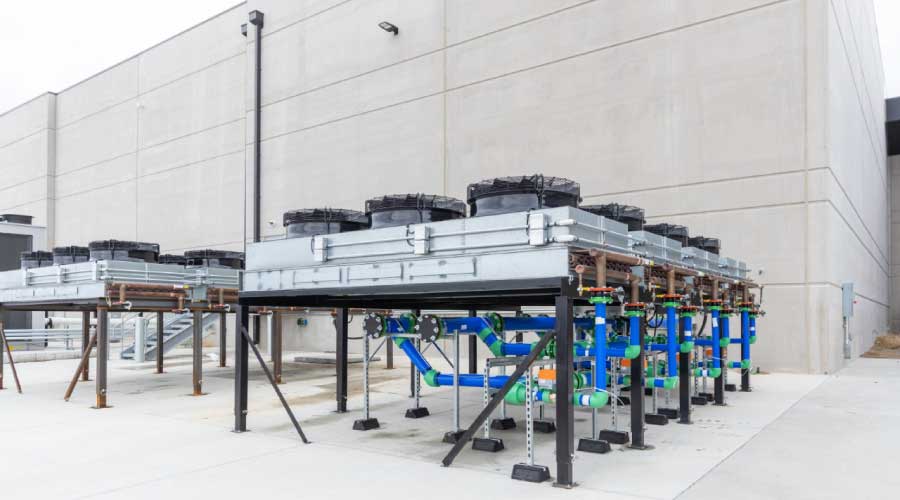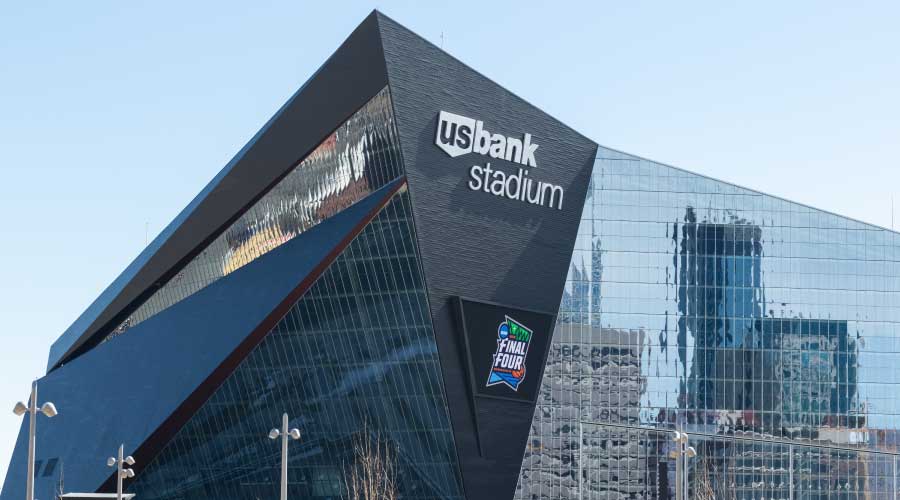
Climate Change Contributes to Modest Rise in Home Runs
Continued rising temperatures could contribute to eventual stadium construction for sports teams. April 14, 2023
By Dave Lubach, Managing Editor
Major League Baseball fans have heard the term “juicing” before, usually when it’s associated with performance-enhancing drugs that tainted the game and launched home run totals into the history-changing levels.
But is climate change also responsible for the boom in home runs? At least one study exists saying it’s indeed a contributing factor.
It’s basic physics, according to a study from Dartmouth University. The study analyzed 100,000 games and 200,000 balls put into play over the last few years. The study says that climate change has added about 50 home runs each season since 2010.
To bring this back to a facilities topic, stadium construction and the distances of the fences from home plate – such as field dimensions and wind conditions inside the stadiums – are also factors in home run totals, along with player strengths, the makeup of the baseball, etc. It’s also noted that this study started after the spike in home runs during the so-called steroid era.
The study found a 1 percent increase in home runs with every degree the air warms, according to the Associated Press piece.
The analysis revealed that Chicago’s Wrigley Field yields the most warming-homer friendly results, and that no evidence existed for a significant amount of heat-aided home runs inside Tampa’s Tropicana Field, the only fully domed stadium in the league.
A couple of other interesting nuggets from the study were:
- Based on recent emissions, by 2050 there will be about 192 warming-aided home runs.
- Warming climates will result in more domed stadiums because it will be too hot to watch games outdoors in some places.
Dave Lubach is the managing editor of the Facility Market.
Next
Read next on FacilitiesNet












